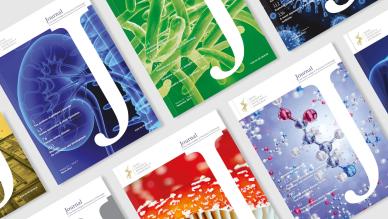

Journal
The Journal of the Royal College of Physicians of Edinburgh
The Journal of the Royal College of Physicians of Edinburgh is the College’s quarterly, peer-reviewed journal, with an international circulation of 8,000. It has three main emphases – clinical medicine, education and medical history and humanities.
The Journal has now fully transitioned to the SAGE online platform and the latest issue can be found here.
This brings great benefits to all aspects of its production, for contributors, peer reviewers and editors alike. Dr Graeme Currie, our Editor in Chief, continues to encourage submission of many varied types of articles, with further details and author instructions being found here.
In addition to actively seeking high quality original research articles, the Journal also welcomes "memorable fillers" such as a memorable patient, a memorable lesson, a memorable mistake etc.
The Journal will also now feature book reviews and obituaries of Fellows and Members.
Members who are logged in can follow this link to login to the Journal.






